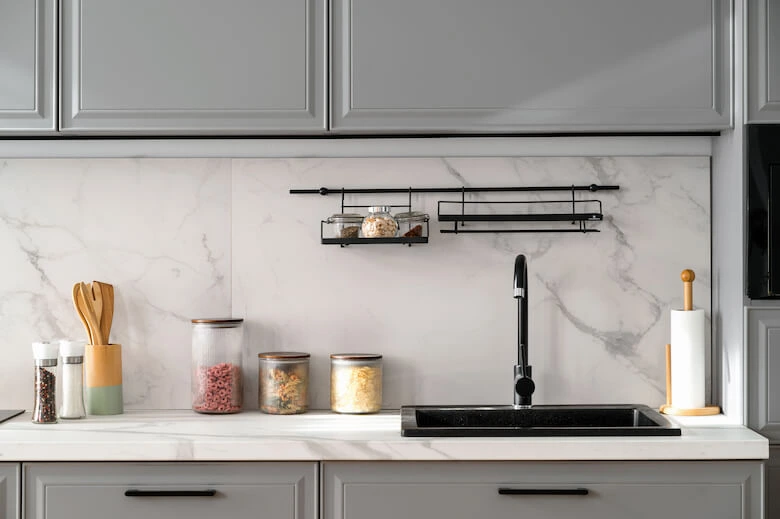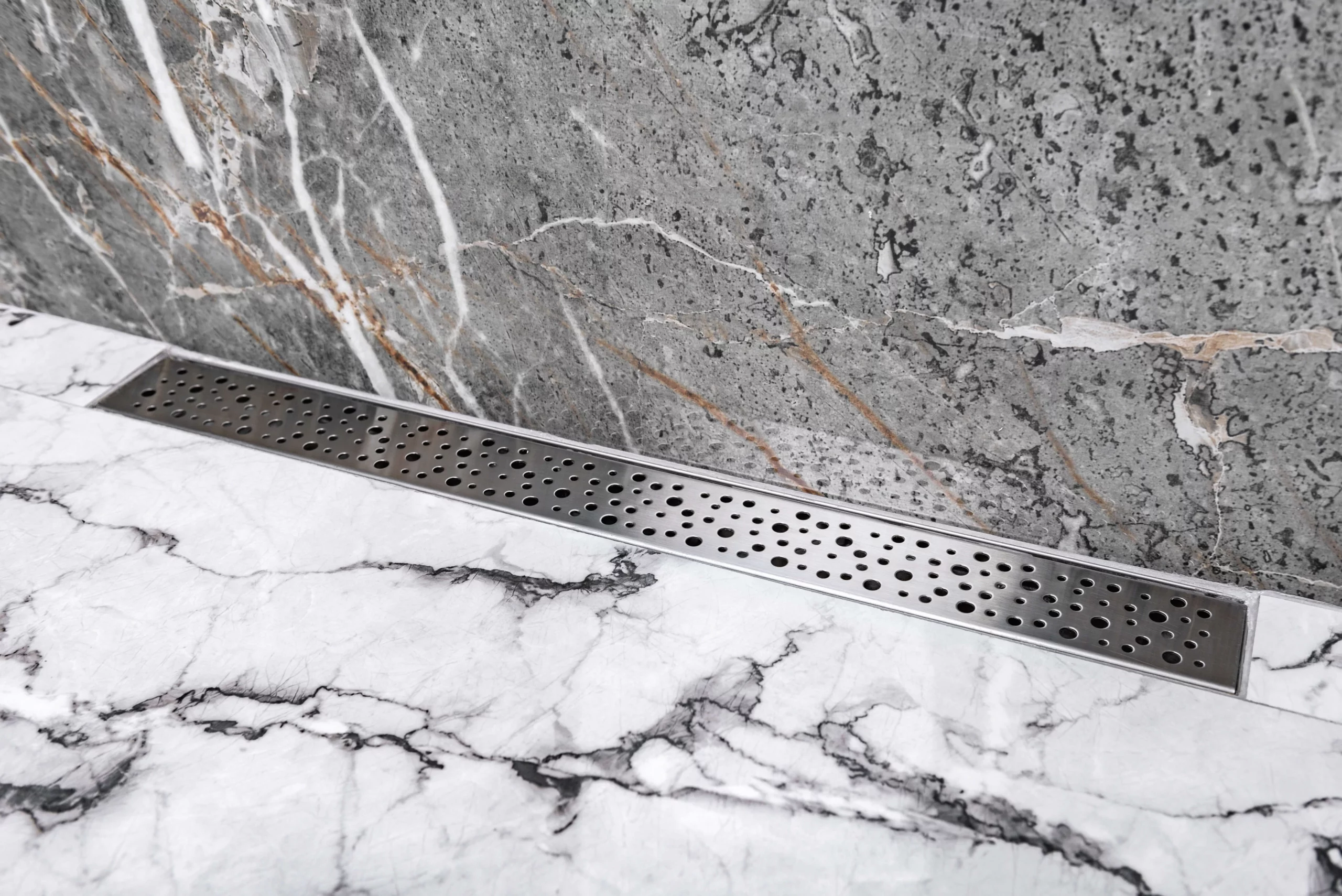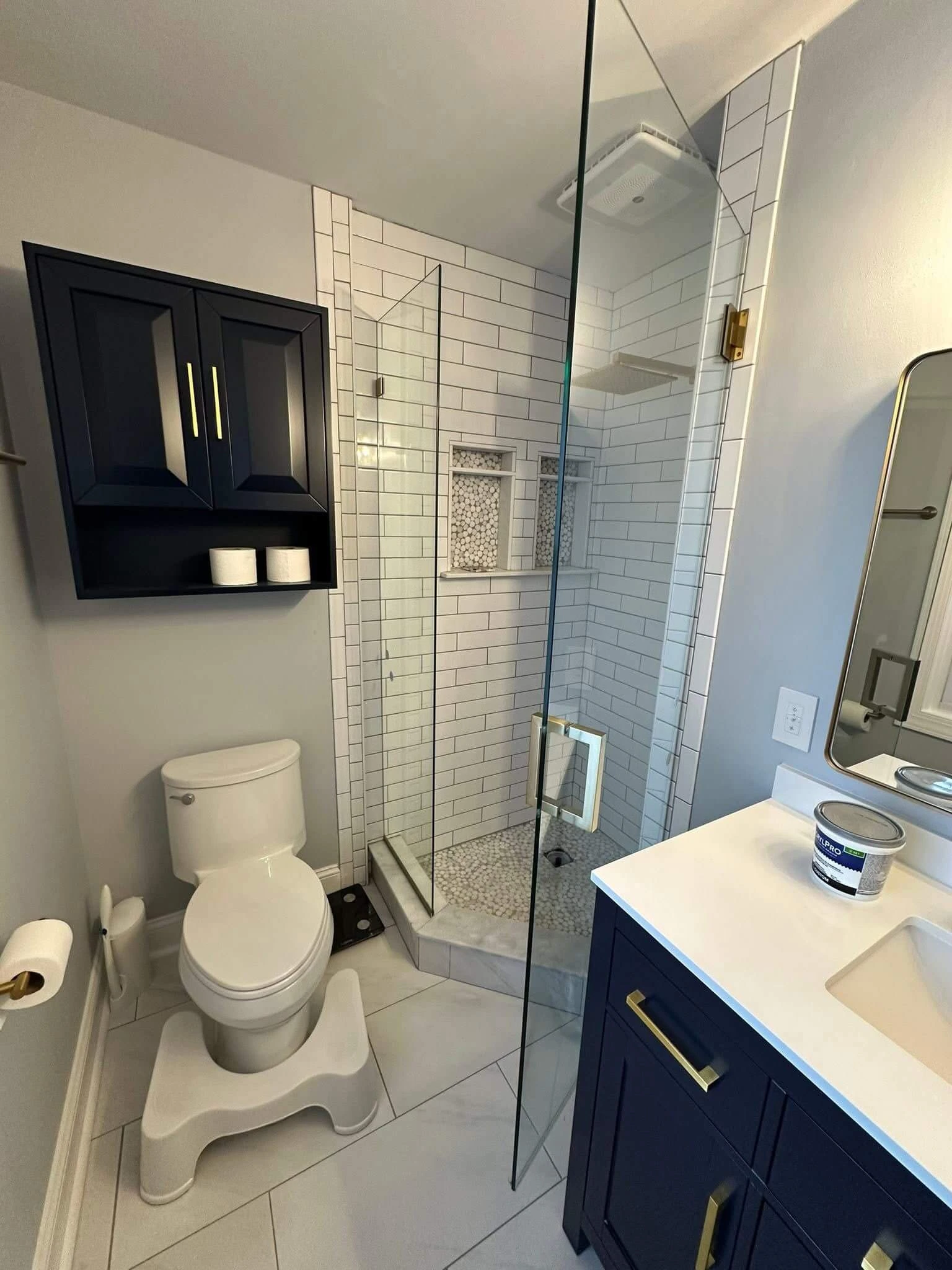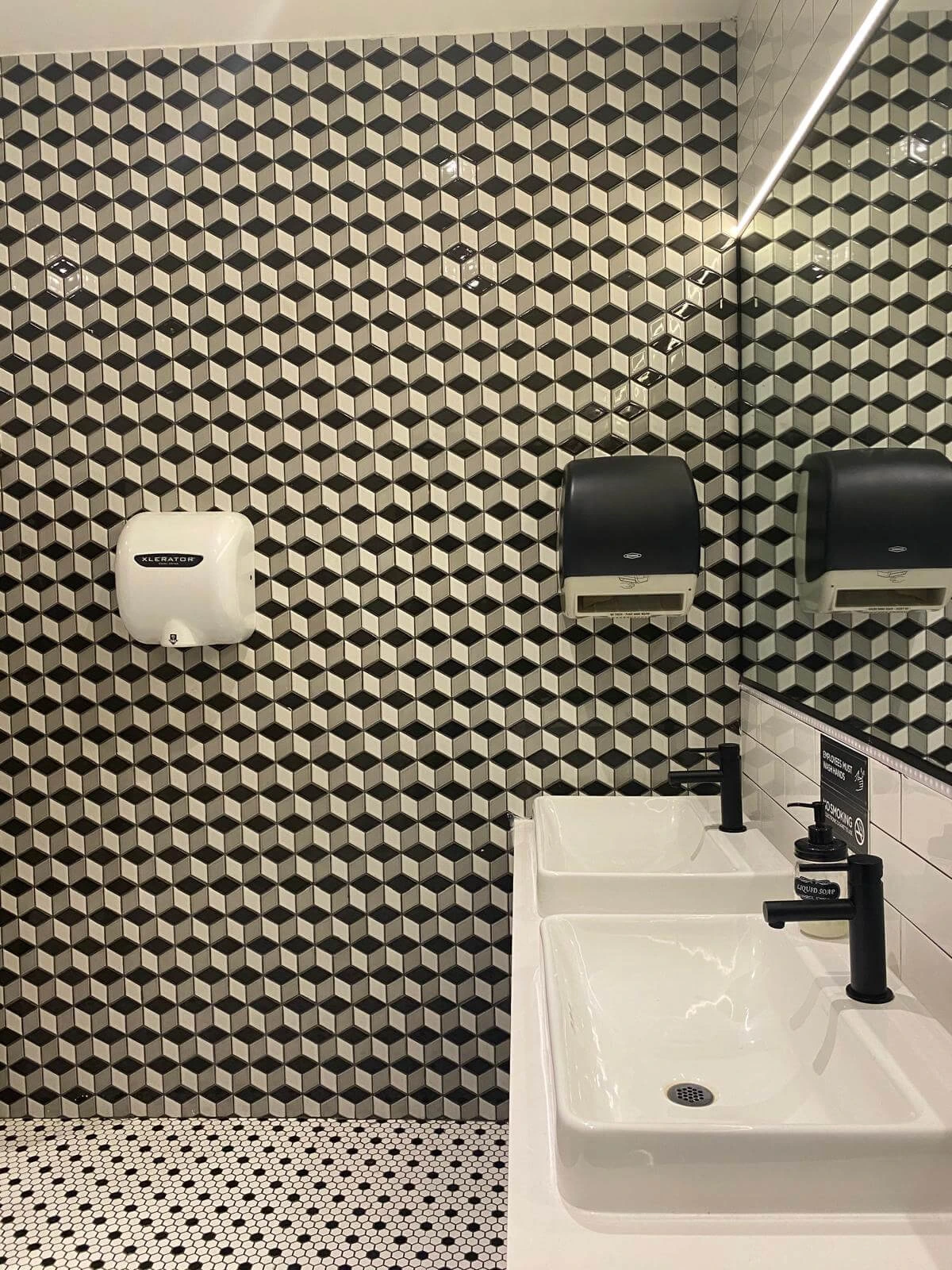How to Cut Countertop for Sink Installation: A Step-by-Step DIY Guide

Out of all the processes of sink installation, cutting the countertop is likely to be the most difficult task. However, if you have the right tools and preparation, professional outcomes are within reach. If you follow us step by step in this hands-on guide, kitchen or bathroom transformation is made easier than most people expect.
What You Will Need
- Protective eye wear and ear muffs
- Marker or pencil
- Sanding blocks
- Clamping tools
- Dust mask
- Painter’s tape
- Sink Template (Comes with the sink unit)
- Drill hole saw attachment
- Jigsaw blade with appropriate countertop material
- Sand paper or sanding blocks
Preparation: Measure Twice, Cut Once
At this stage in the process, the only requirement is the measurements of the sink in relation to the space reserved for it. Line the counter to your desired position and outline where the fittings will be completed ensuring no intersecting overlapping lines. This isn’t purely about mistakes—it’s about ensuring your sink will function perfectly in its new home.
Pro tip: Take pictures of your marks and measurements; they may assist you in the later steps of the project.
Step 1: Trace Your Template
Most sinks come with a cutting template. If it didn’t come with one, take the sink, flip it over, then sketch along the edges while ensuring to leave adequate buffer space in accordance with the instructions from the manufacturer.
Secure the template to your countertop with painter’s tape and trace the outline with a pencil. For laminate countertops, cover the entire cutting line with tape to prevent chipping.
Step 2: Drill Your Starter Holes
Now comes the moment of truth. To learn how to cut countertop for sink installation properly, you’ll need to start with pilot holes. Place your drill with a hole saw attachment at each corner of your traced outline. These holes give your jigsaw blade an entry point and help prevent cracking at the corners.
Take a deep breath before drilling—this is your countertop’s point of no return.
Step 3: Make the Cut
With your starter holes in place:
- Insert your jigsaw blade into one of the starter holes
- Carefully follow your traced line, moving slowly and steadily
- Let the saw do the work—don’t force it
- Support the cut-out piece as you finish to prevent it from falling and damaging edges
For different countertop materials, blade selection matters. Laminate requires a fine-tooth blade, while solid surface materials need specialized blades to prevent chipping.
Step 4: Smooth the Edges
Once your cut is complete, sand the edges to remove any roughness. Start with medium-grit sandpaper and finish with fine-grit for a smooth edge. This not only improves appearance but prevents cuts when installing the sink.
Step 5: Test Fit Before Final Installation
Place your sink in the opening to ensure a proper fit before applying any sealant or fasteners. Make any necessary adjustments now—it’s much harder later.
Transform Your Space, Transform Your Home
Cutting your own countertop for a sink installation isn’t just about saving money; it’s about gaining the satisfaction of creating your perfect space with your own hands. The precision and care you bring to this task will be reflected in your daily experience of your new fixture.
Whether you are renovating a classic brownstone bathroom or modernizing a Manhattan apartment kitchen, mastering this skill empowers you to take on more ambitious home improvements.
For more detailed renovation guides, project inspirations, and professional tips for your NYC home, visit NYCrenovation.com—where New York’s DIY spirit meets expert guidance for transforming any space in the city that never sleeps.


